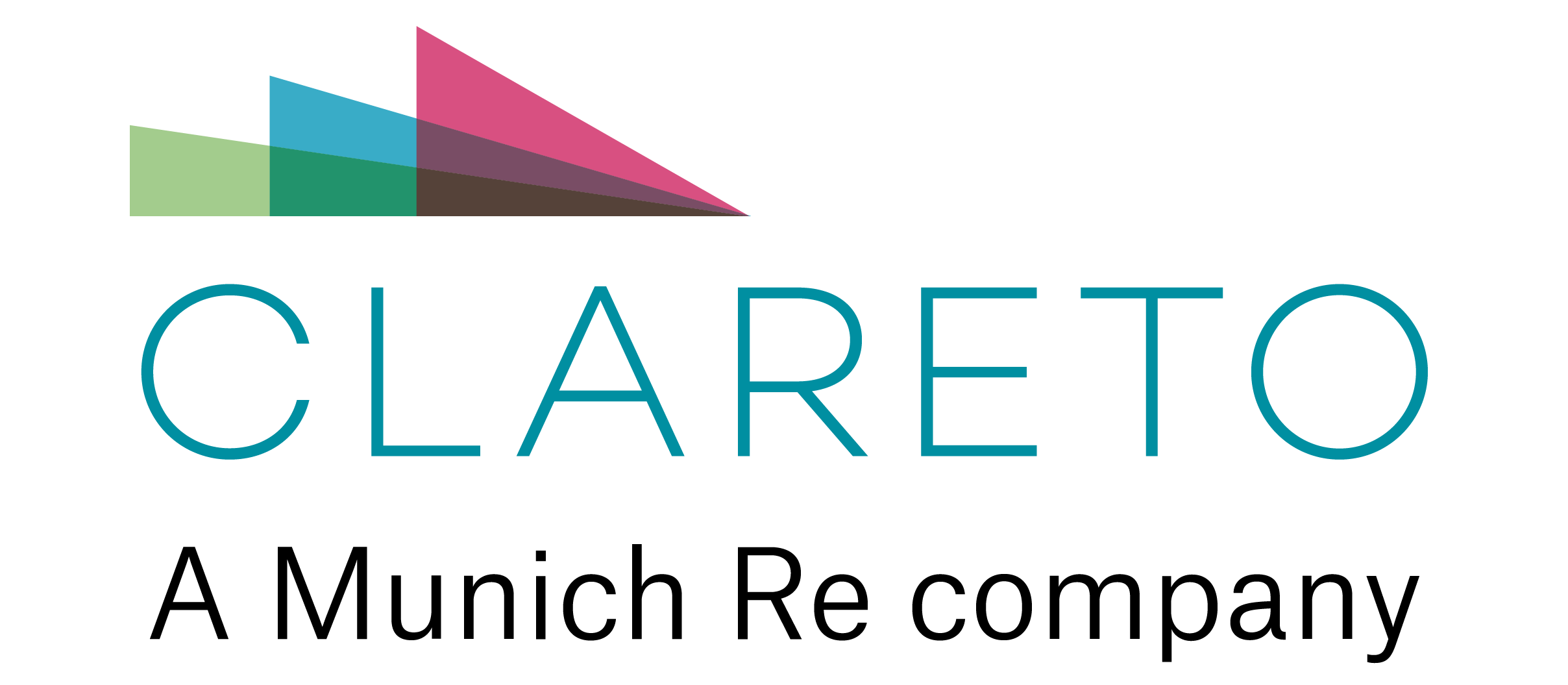Clareto Launches Enhanced Smart Retrieval to Strengthen EHR Protective Value
Introduction
Through decades of experience in healthcare — dating back to our predecessor, MedVirginia HIE — we have realized several fundamental truths about interoperability:
- Patients are imperfect historians, so our EHR+ network supports broad discoverability to identify where an individual has previously accessed care to safeguard against nondisclosure, misrepresentation, and anti-selection.
- More data is not necessarily better, so our EHR+ network enables targeted data retrieval strategies to maximize protective value without compromising underwriting efficiency.
- The only constant is change, so we established a practice of continuous quality improvement to identify sources of variation and proactively mitigate their impact.
These learnings have informed the development of key building blocks for our platform — including Smart Retrieval — which ensure that our EHR+ network is fit-for-purpose for life insurance underwriting today and future-ready to address tomorrow’s challenges.
About Smart Retrieval
To date, the life insurance industry has focused on maximizing EHR “hit rates” and “usability” by retrieving all available records for every individual. Contrary to this one-size-fits-all approach, we anticipated that supporting targeted retrieval strategies would empower our clients to unlock more value from EHRs. We started by decoupling patient discovery from record retrieval for all data sources in our EHR+ network — from our very first HIE source to our largest EHR source. Transitioning to a two-step process provided the foundation for Smart Retrieval, which gives our clients the ability to:
- Activate (or deactivate) each data source, which determines which data sources to query for an individual.
- Automatically retrieve records from all, some, or none of the data sources that identify a match for the individual (for data sources not configured for automatic retrieval, records can still be retrieved but require action to be taken via our portal or API).
With these configuration options, our clients can leverage the expansive reach of our EHR+ network to gain insight into the medical histories of their applicants, while simultaneously tailoring their EHR utilization to fit their underwriting programs. In practice, most of our clients automatically retrieve records from all data sources; however, a small group of early adopters have deployed our Smart Retrieval capabilities to expand EHR use cases within their businesses and separate themselves from the pack.
Enhanced Smart Retrieval
Beginning today, we are pleased to offer our clients more granular Smart Retrieval options, which extend automatic retrieval configuration to individual health care organizations (HCOs) available via our largest EHR source. These enhanced Smart Retrieval options will enable our clients to effortlessly navigate two emerging dynamics within our EHR+ network.
Resolving Overlaps
As our EHR+ network grows, overlaps will become more common. In Q1 2024, our EHR+ network delivered a match rate of >70%, a fulfillment rate of >55%, and 1.4 records per individual. These results do not include our current implementation backlog of five EHR and HIE sources with nearly 100 covered million lives, which will fill gaps in our EHR+ network, create new overlaps, and compound existing ones. With enhanced Smart Retrieval, our clients will have the option to query for an individual across all data sources, configure primary data sources or HCOs for automatic retrieval, and pivot to secondary data sources or HCOs if the primary records were not available or did not meet their needs.
Optimizing Outcomes
Over time, we also expect that Smart Retrieval utilization will grow as our clients shift their focus to managing costs and turnaround times, while providing a better, more consistent experience for underwriters. As an example, a new HCO recently went live via our largest EHR source, which resulted in a greater than 15-fold increase in records from community, retail, and urgent care locations. With enhanced Smart Retrieval, our clients can continue automatically retrieving records from all other HCOs available via this EHR source, with the option to get records from HCOs representing these alternative care settings on an as-needed basis.
Conclusion
Through Smart Retrieval — and now enhanced Smart Retrieval — we are ensuring that our clients are prepared to meet interoperability challenges with confidence. To learn more about Smart Retrieval and the EHR+ network, our clients can reach out to their account manager, while all other interested parties may contact us via our website.
About Clareto
Clareto, a Munich Re company, operates the largest healthcare interoperability network purpose-built for superior risk assessment via authorization-based disclosures. With connections to EHRs, HIEs, and other sources covering >70% of the US population, Clareto enables access to digital health data to transform underwriting, claims, and other business processes for the life insurance industry. The company’s EHR+ network offers a frictionless experience with no consumer involvement required, smart record retrieval to maximize protective value, algorithm-ready data for enhanced usability, and an open partner ecosystem featuring integrations with complementary solutions and services.
Clareto is a wholly owned subsidiary of Munich Re Life US, one of the leading life reinsurers in the United States. Through its partnership with Munich Re Life US, Clareto aims to provide life insurers with a new set of solutions that assist in the digitization of underwriting processes — driving quicker decisions, greater policyholder satisfaction, and new business growth.
